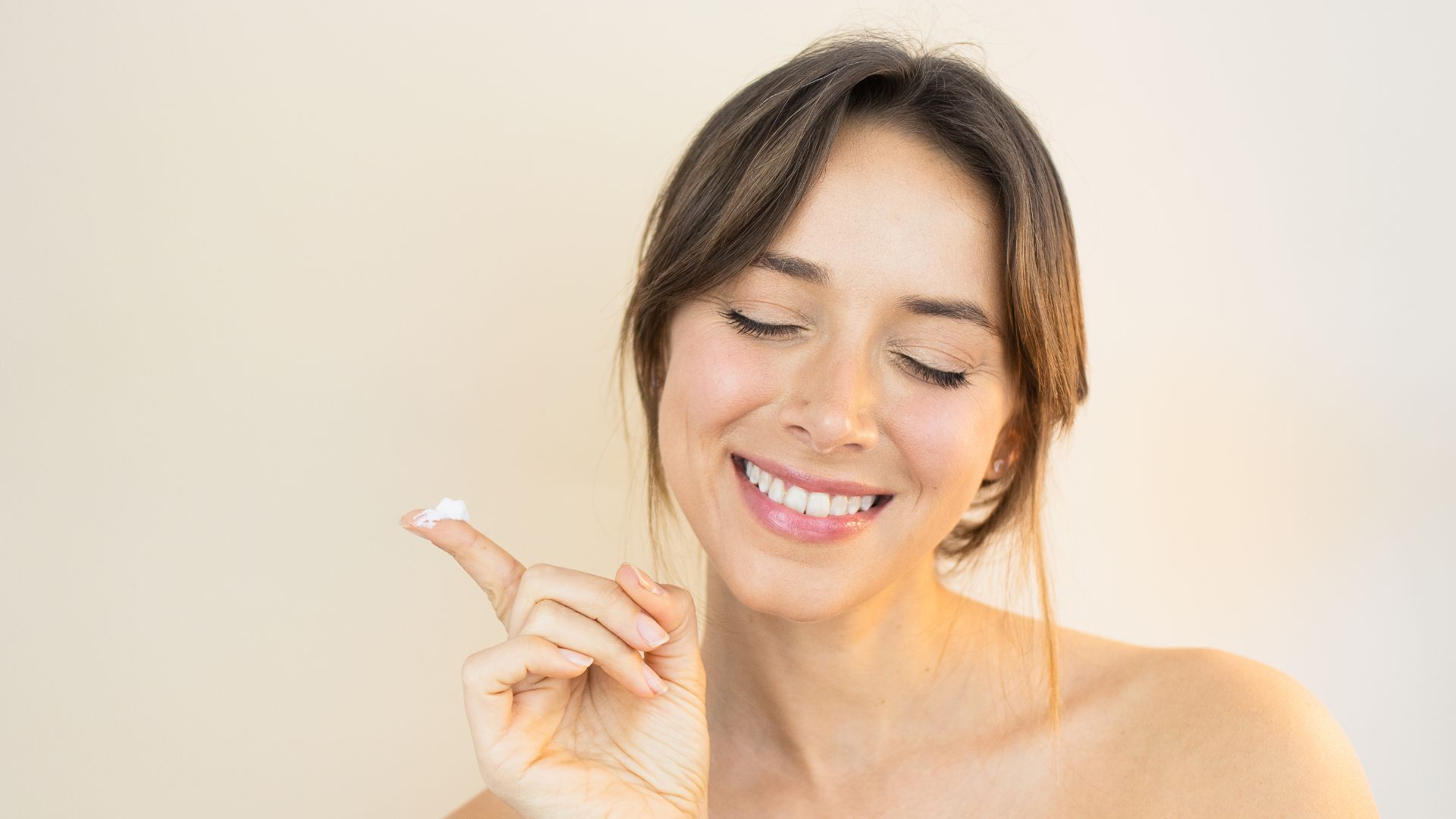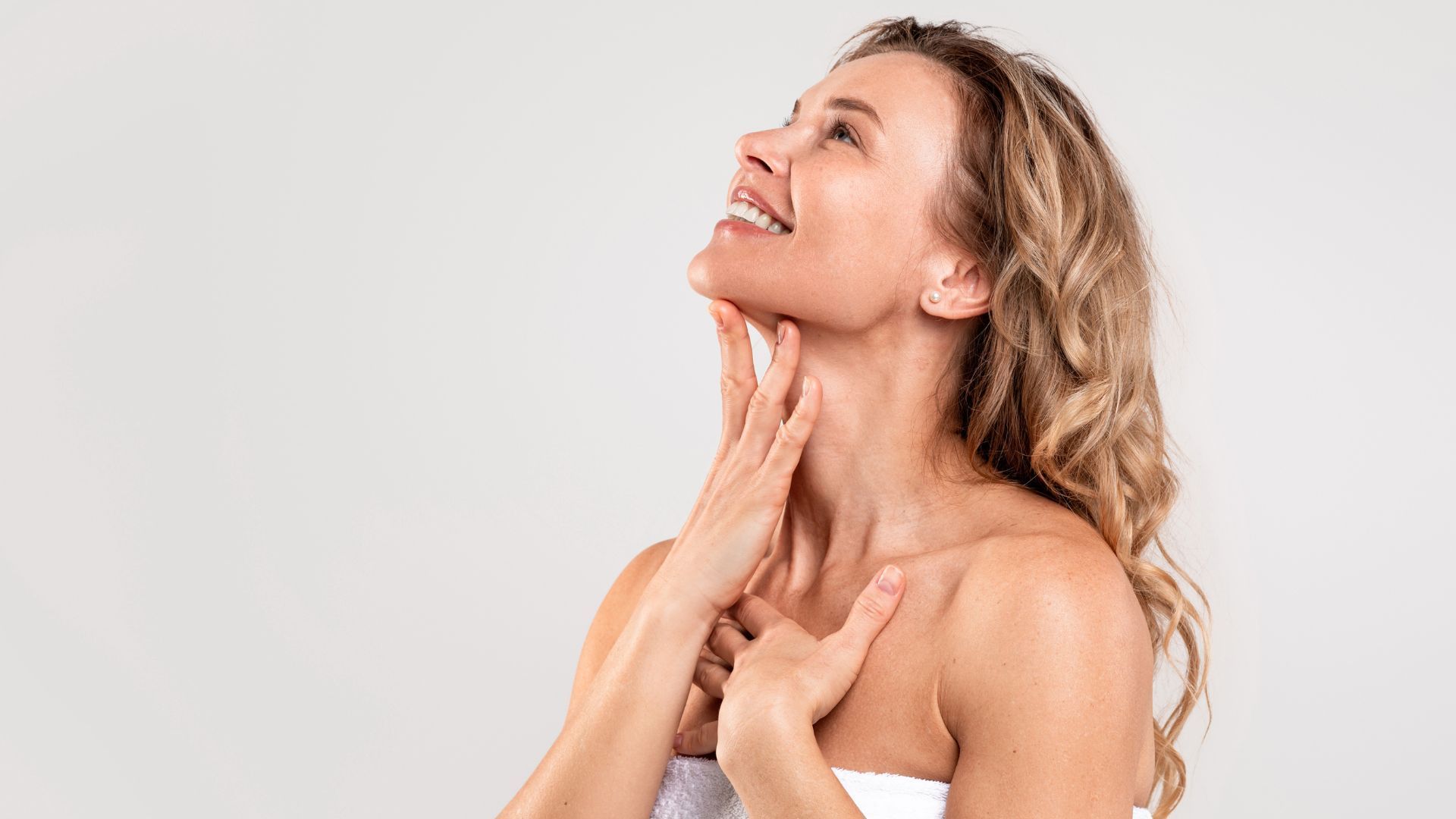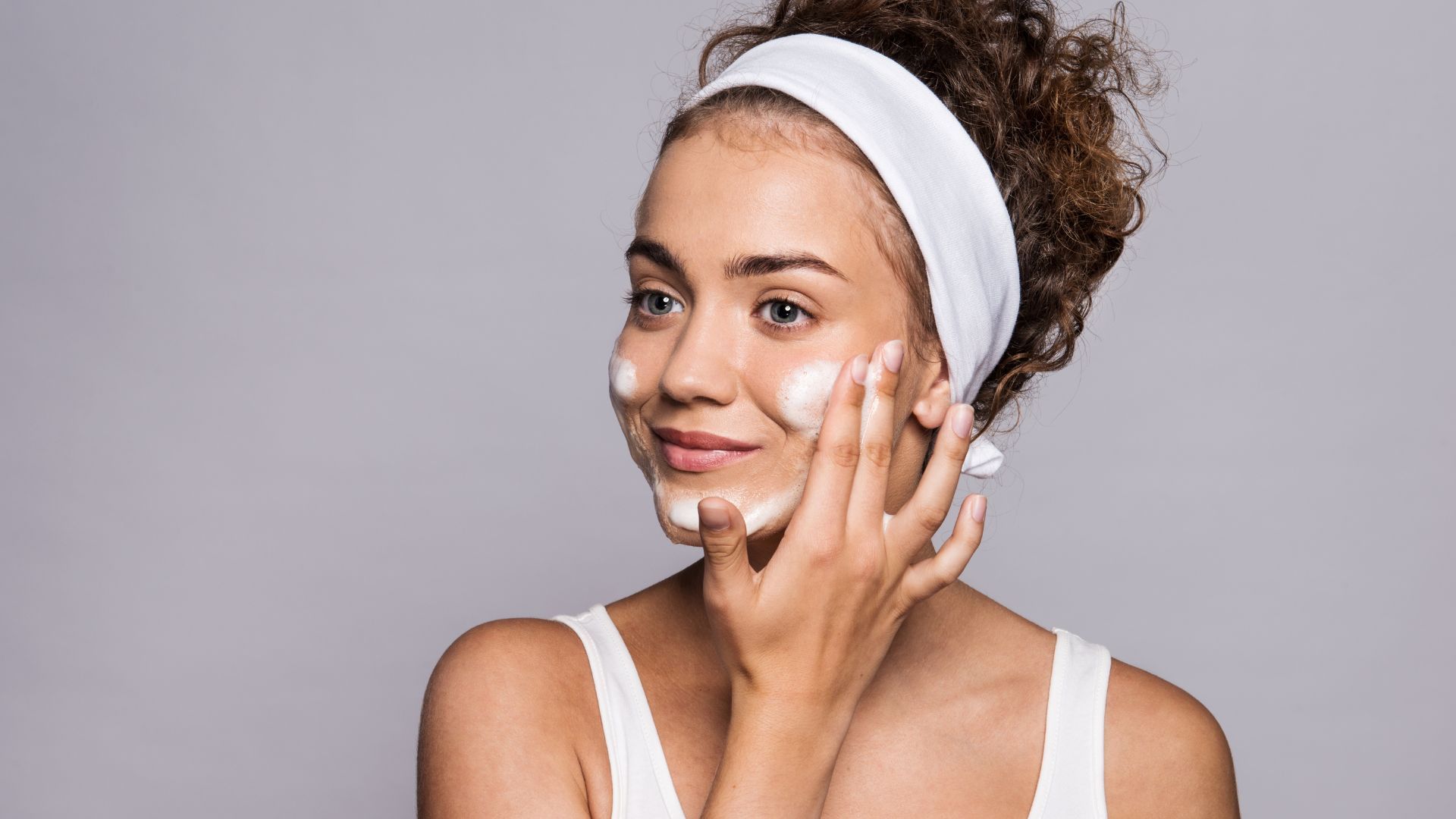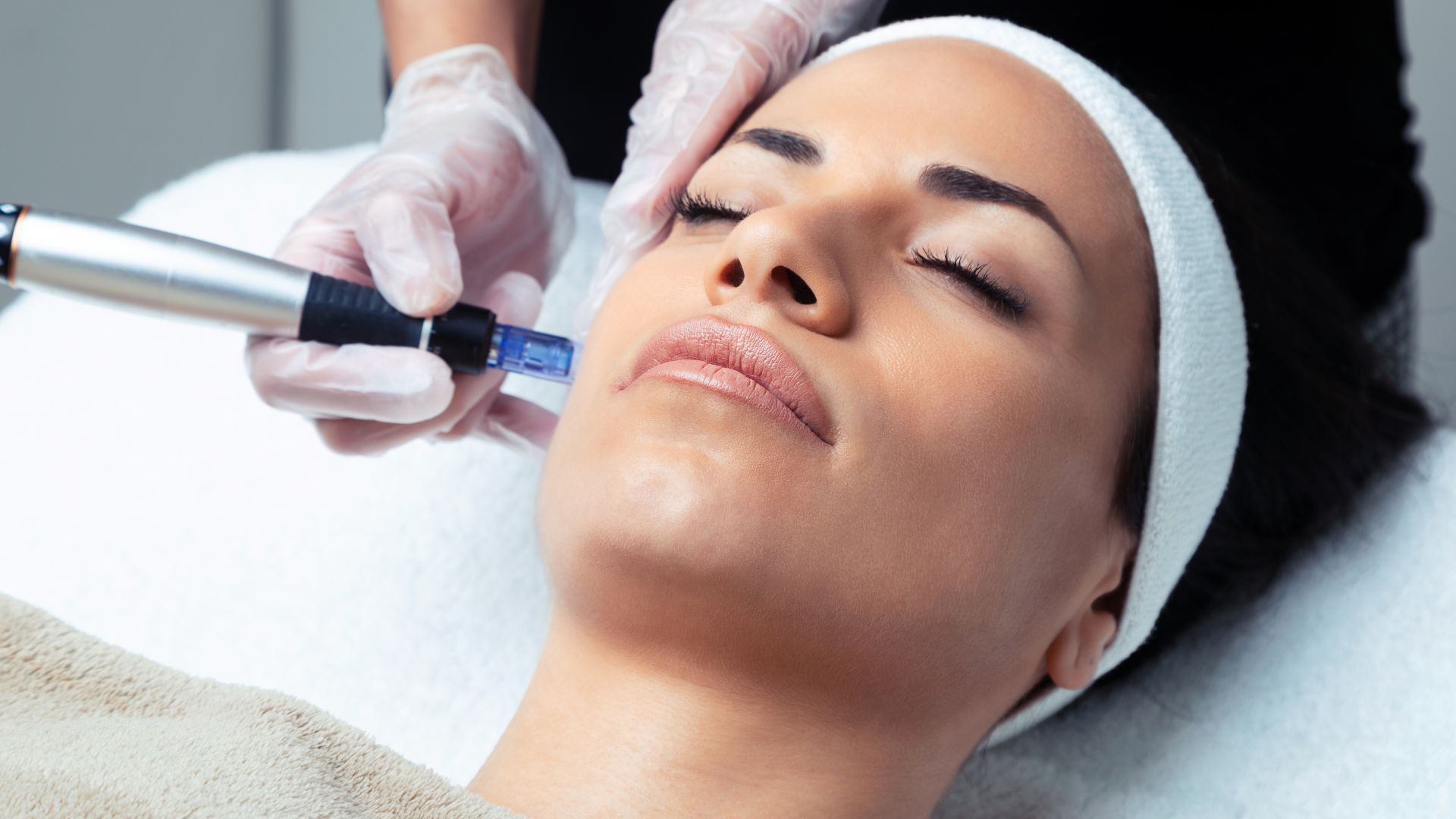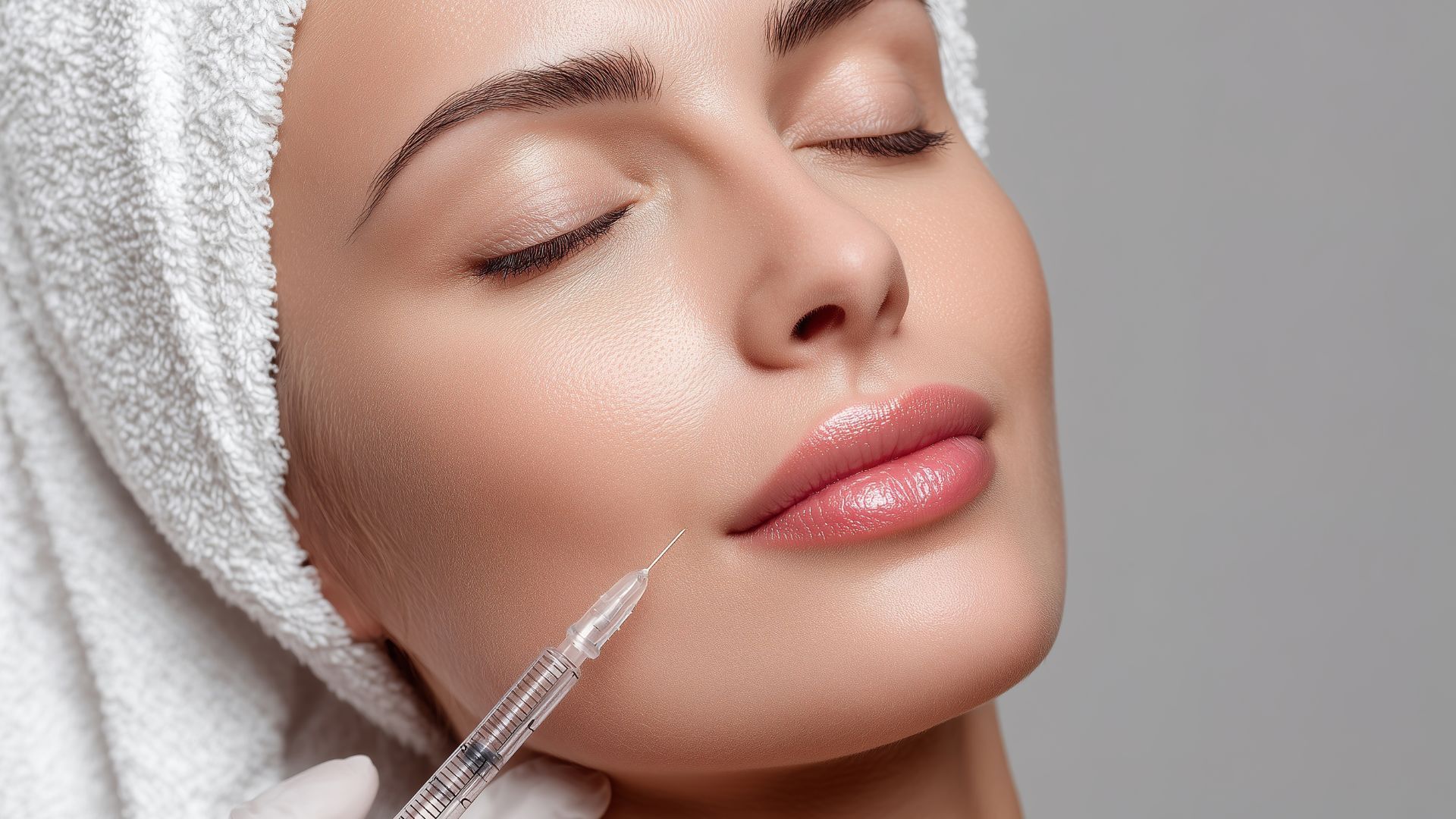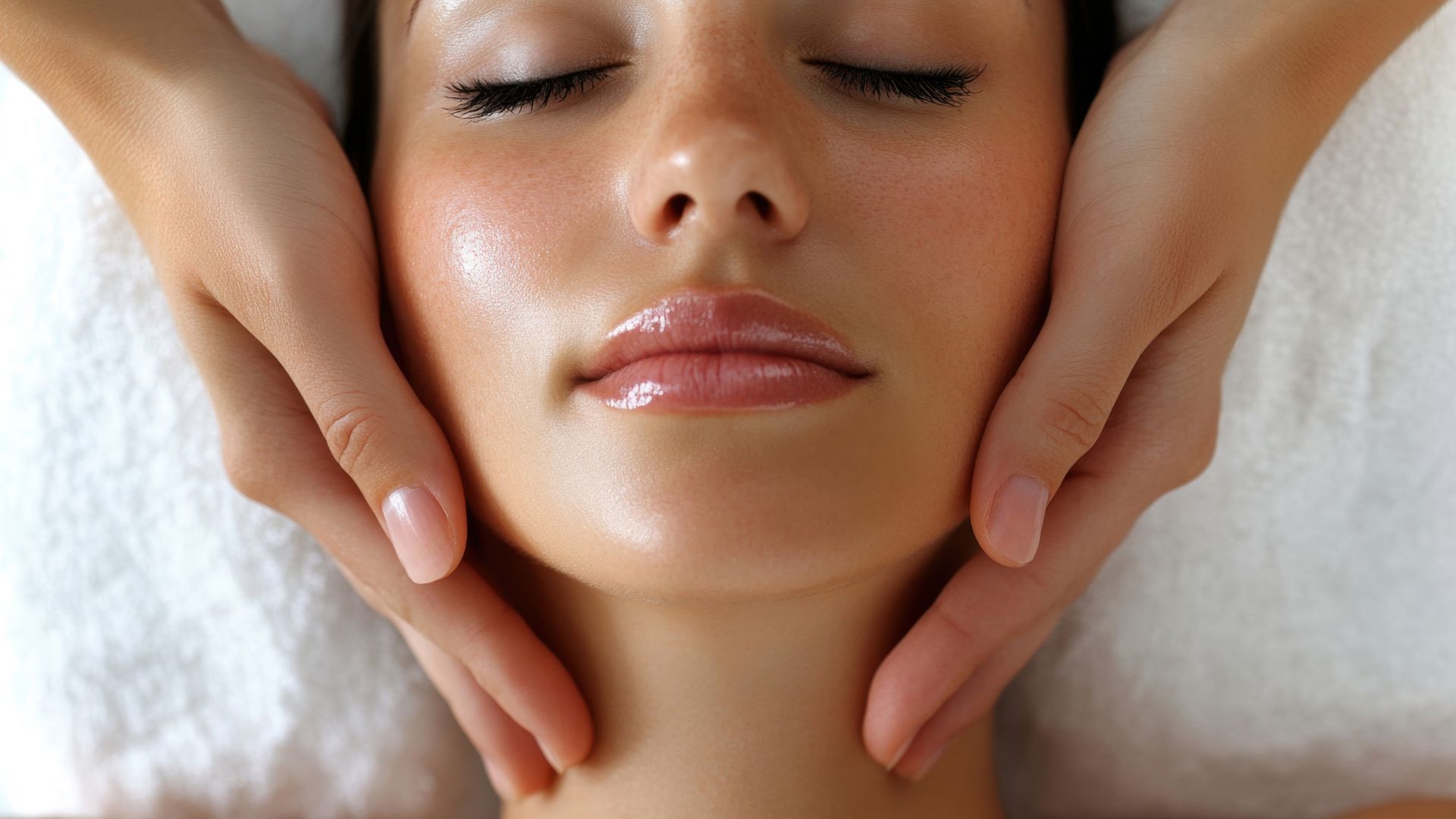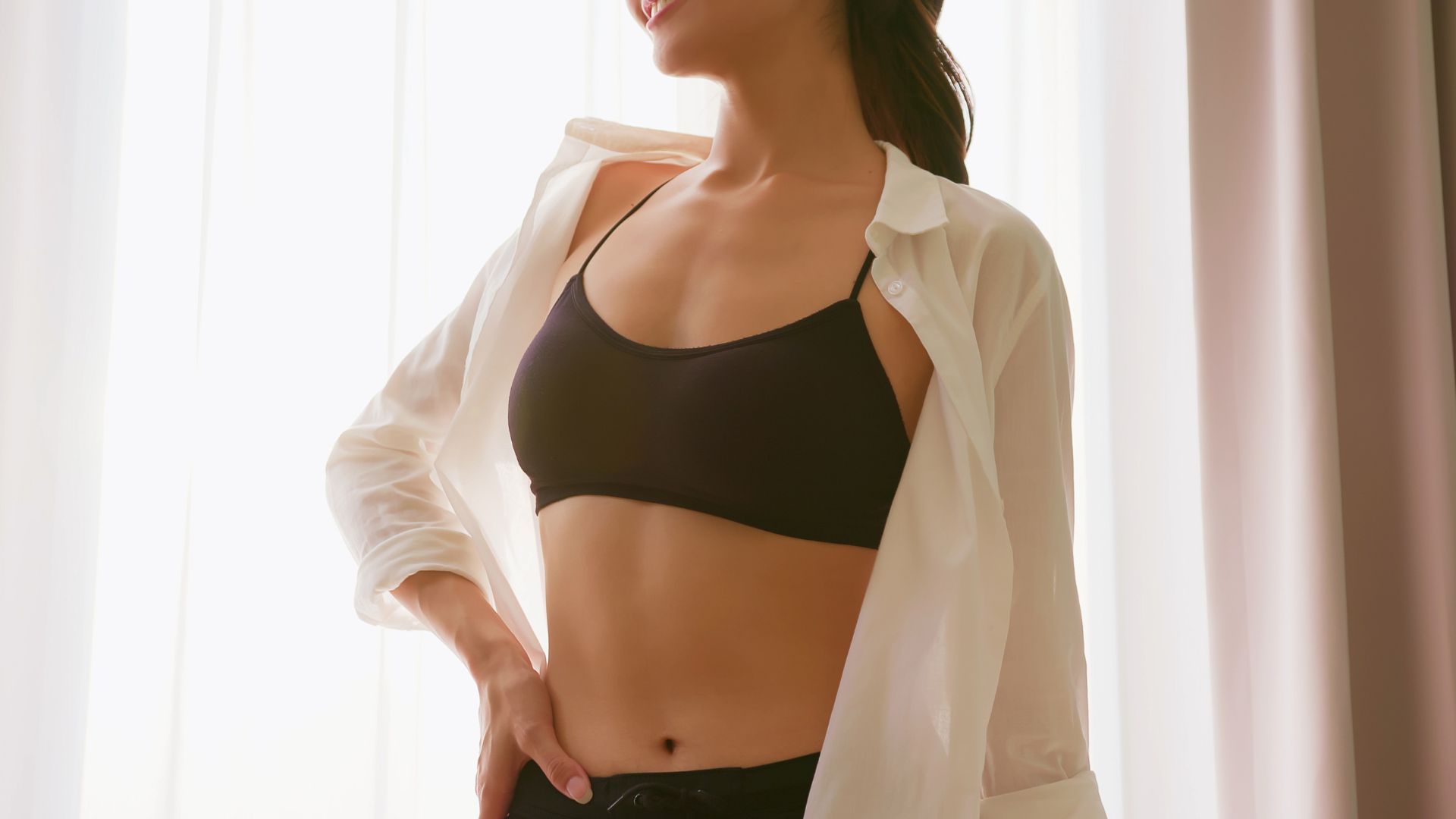Body Scientific Aesthetics
Botox Benefits: Reduce Wrinkles for Youthful Skin
Fine lines at rest and dynamic creases during facial expressions can add years to the appearance, but you can reduce wrinkles with Botox to achieve a smoother, more youthful complexion. This is proven by a botulinum toxin. A treatment interrupts nerve signals, relaxes targeted muscles, and delivers subtle rejuvenation with minimal downtime. In the sections that follow, readers will explore:
(1) The main benefits of Botox for wrinkle reduction.
(2) Its mechanism of action on facial muscles.
(3) Safety considerations and side effects.
(4) Cost factors and treatment expectations.
(5) How Botox compares with dermal fillers for a comprehensive anti-aging strategy.
What Are the Main Benefits of Botox for Reducing Wrinkles?
Botox reduces dynamic wrinkles by blocking acetylcholine release at the neuromuscular junction, which smooths existing lines and prevents new creases for a refreshed appearance. Below are the core advantages of this muscle-relaxing procedure:
- Smoothing dynamic wrinkles – Softens crow’s feet and frown lines by relaxing overactive facial muscles.
- Preventing new creases – Limits repetitive muscle movement to delay permanent line formation.
- Rejuvenated facial contour – Delivers a subtle lift and more even skin texture for a natural glow.
These benefits illustrate Botox’s role in skin rejuvenation and lead to an understanding of how it targets specific wrinkle types.
How Does Botox Smooth Dynamic Wrinkles Like Crow’s Feet and Frown Lines?
Botox targets the orbicularis oculi (around the eyes) and corrugator supercilii (between the brows) by inhibiting nerve signals, which prevents muscle contraction and softens expression lines. Precise injection points ensure even smoothing without compromising natural movement, setting the stage for preventative treatments.
Can Botox Help Prevent New Wrinkles from Forming?
By reducing repetitive muscle contractions, Botox delays the deepening of fine lines into permanent wrinkles. Early intervention in areas with frequent movement, such as the forehead and glabella, can maintain smoother skin over the years.
What Results Can You Expect for a Youthful, Refreshed Appearance?
Most patients notice visible wrinkle reduction within 3–5 days, with full effect by two weeks. The outcome is a rested, natural look that complements facial expressions without appearing “frozen,” preparing readers for a deeper dive into the underlying mechanism.
How Does Botox Work to Reduce Wrinkles?
Botox works by blocking acetylcholine release at neuromuscular junctions, which prevents targeted muscles from contracting and creates a smoother skin surface. Understanding common treatment areas and their muscle actions highlights why Botox is so effective.

This table shows how blocking nerve signals in specific muscles leads directly to wrinkle reduction and introduces the next section on the neurotoxin’s action.
Botox Mechanism of Action
Botox, or botulinum toxin, works by blocking the release of acetylcholine at the neuromuscular junction, which prevents targeted muscles from contracting and creates a smoother skin surface. This action leads to muscle relaxation and the softening of expression lines.
What Is the Mechanism of Action of Botox on Facial Muscles?
Botox acts as a neurotoxin that inhibits vesicle fusion and acetylcholine release at the motor endplate, which prevents muscle fibers from contracting. This targeted blockade creates muscle relaxation and smooths dynamic lines at their source.
How Does Muscle Relaxation Lead to Wrinkle Reduction?
Relaxed muscles no longer fold the skin with each expression, allowing existing creases to soften gradually and preventing new lines. Over weeks, collagen remodeling may enhance long-term texture improvement.
Which Facial Areas Are Commonly Treated with Botox?
Common treatment zones include the forehead, glabellar region, crow’s feet, and perioral lines. Each area responds predictably to controlled dosages, enabling personalized wrinkle reduction plans.
What Are the Safety Considerations and Side Effects of Botox?

Botox injections are generally safe when performed by experienced injectors; localized side effects such as mild bruising reflect precise needle placement and expected muscle relaxation. Key safety factors include dosage control, injection technique, and provider expertise:
- Injection technique – Precise needle placement minimizes bruising and asymmetry.
- Dosage control – Custom unit allocation balances efficacy with safety.
- Provider qualification – Board-certified injectors reduce complication risks.
- FDA approval – Ensures standardized formulation and labeling.
Botox Safety and Side Effects
Botox injections are generally safe when administered by experienced injectors, with localized side effects such as mild bruising being common. The FDA approval process ensures standardized formulation and labeling, contributing to the safety of the product.
What Are the Common Side Effects of Botox Injections?
Typical reactions include temporary redness, slight bruising at injection points, mild headache, and muscle weakness near treated areas. These effects usually resolve within days without lasting impact.
How Does FDA Approval Ensure Botox Safety?
FDA approval requires rigorous clinical trials that demonstrate consistent safety and efficacy, resulting in clear dosing guidelines, contraindication warnings, and standardized manufacturing processes.
How to Choose a Qualified Provider for Safe Botox Treatment?
Select a board-certified dermatologist or plastic surgeon with extensive injection experience, review before-and-after portfolios, and confirm use of FDA-approved products. A thorough consultation ensures proper treatment planning.
How Much Does Botox Cost and What Are Treatment Expectations?
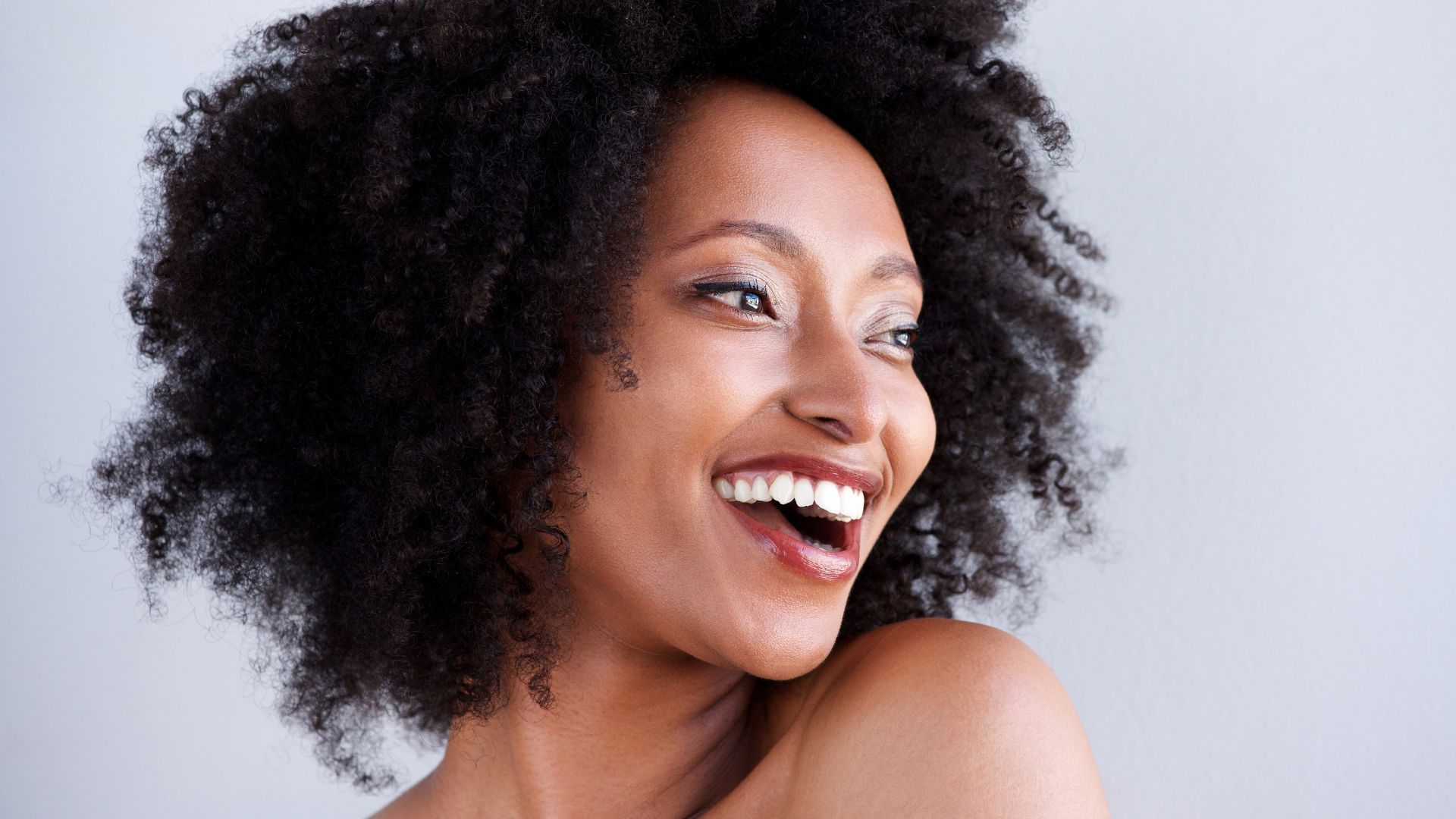
Botox cost varies based on the number of units required, treatment area complexity, and injector expertise, with most patients budgeting between $300 and $600 per session.
Botox Cost and Treatment Expectations
Botox cost varies based on the number of units required, treatment area complexity, and injector expertise, with most patients budgeting between $300 and $600 per session. The price per unit can range from $10 to $20, depending on factors like provider expertise and location.
- Unit pricing – Charged per unit, influenced by geographic location and provider reputation.
- Treatment area – Larger muscle groups or multiple zones require more units.
- Injector expertise – Highly experienced practitioners may command premium fees.
These cost drivers frame decisions about treatment frequency and program longevity.
What Factors Influence Botox Pricing per Unit and Treatment Area?
Factors include local market rates, clinic overhead, injector credentials, and the extent of dynamic muscle activity in the targeted zone. High-volume practices may offer discounted unit pricing for combined areas.
How Long Do Botox Results Typically Last?
Three to four months on average, depending on individual metabolism and muscle strength. Follow-up treatments maintain smooth contours and prevent the return of fine lines.
What Is the Typical Botox Treatment Process and Downtime?
Patients undergo a brief consultation, targeted injections with minimal discomfort, and can resume normal activities immediately. Mild swelling or redness subsides within hours, with no significant downtime.
How Does Botox Compare to Dermal Fillers for Wrinkle Reduction?
Botox relaxes facial muscles to treat dynamic wrinkles, while dermal fillers restore lost volume to smooth static lines.
Botox vs. Dermal Fillers
Botox and dermal fillers are both cosmetic treatments, but they address different aspects of aging. Botox relaxes facial muscles to treat dynamic wrinkles, while dermal fillers restore lost volume to smooth static lines.
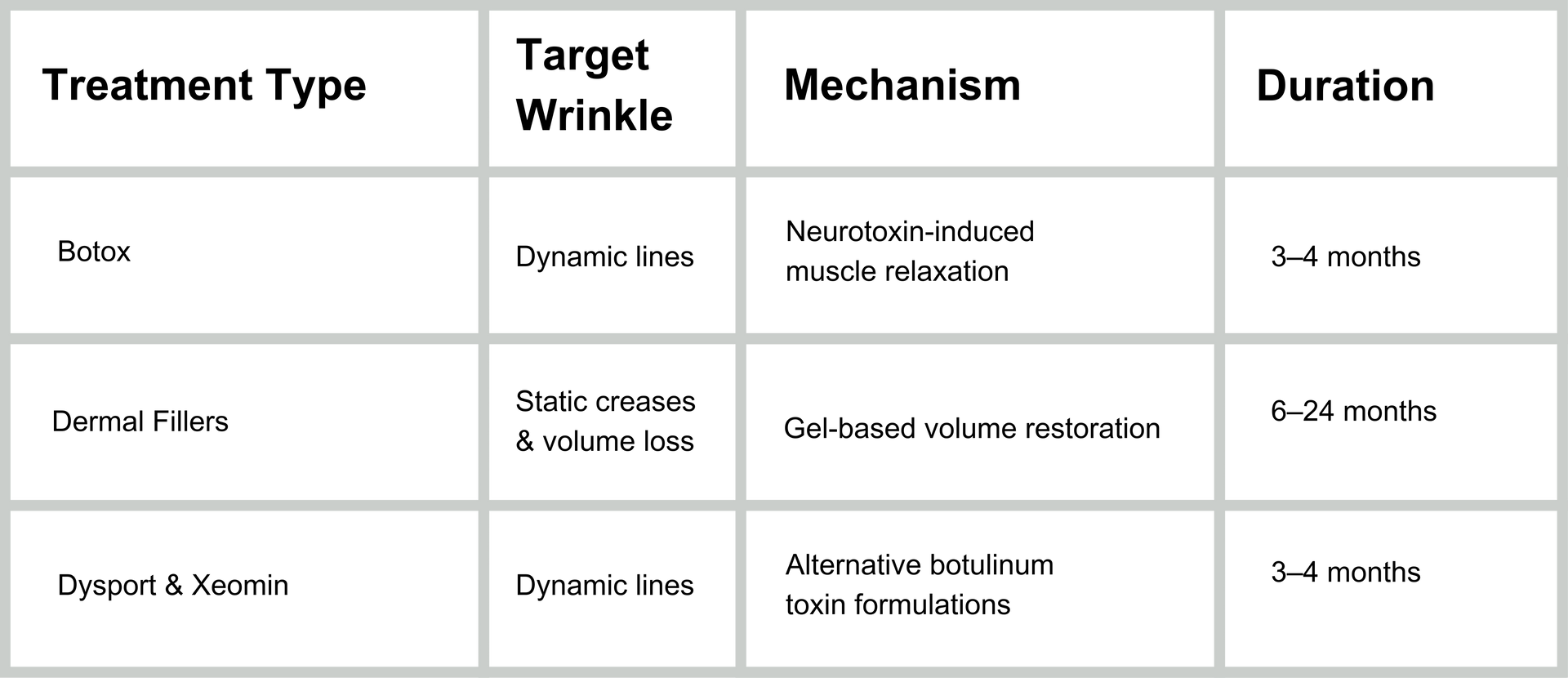
This comparison clarifies which treatment aligns with specific wrinkle types and informs integrated facial rejuvenation planning.
What Are the Differences Between Botox and Dermal Fillers?
Botox addresses active muscle contractions that cause expression lines, while fillers target volume deficits that deepen static grooves. Combining both yields a balanced, youthful contour.
When Should You Choose Botox Over Fillers?
Opt for Botox when wrinkles appear primarily during movement (e.g., crow’s feet, frown lines). Fillers are preferable for volume loss in cheeks, lips, or deep nasolabial folds.
Are There Other Neuromodulators Like Dysport or Xeomin?
Dysport and Xeomin offer similar wrinkle-relaxing effects with slight variations in diffusion and onset time. They serve as alternative neuromodulators for patients seeking different formulation profiles.
Botox provides a fast, minimally invasive solution for dynamic wrinkle smoothing and preventive anti-aging, supported by FDA approval and a well-established safety record. Understanding its mechanism, benefits, and cost factors empowers informed treatment choices. When combined strategically with volume-restoring dermal fillers, Botox forms a cornerstone of comprehensive facial rejuvenation. Patients anticipating natural, long-lasting results should consult a qualified injector to develop a personalized plan for maintaining youthful skin.
